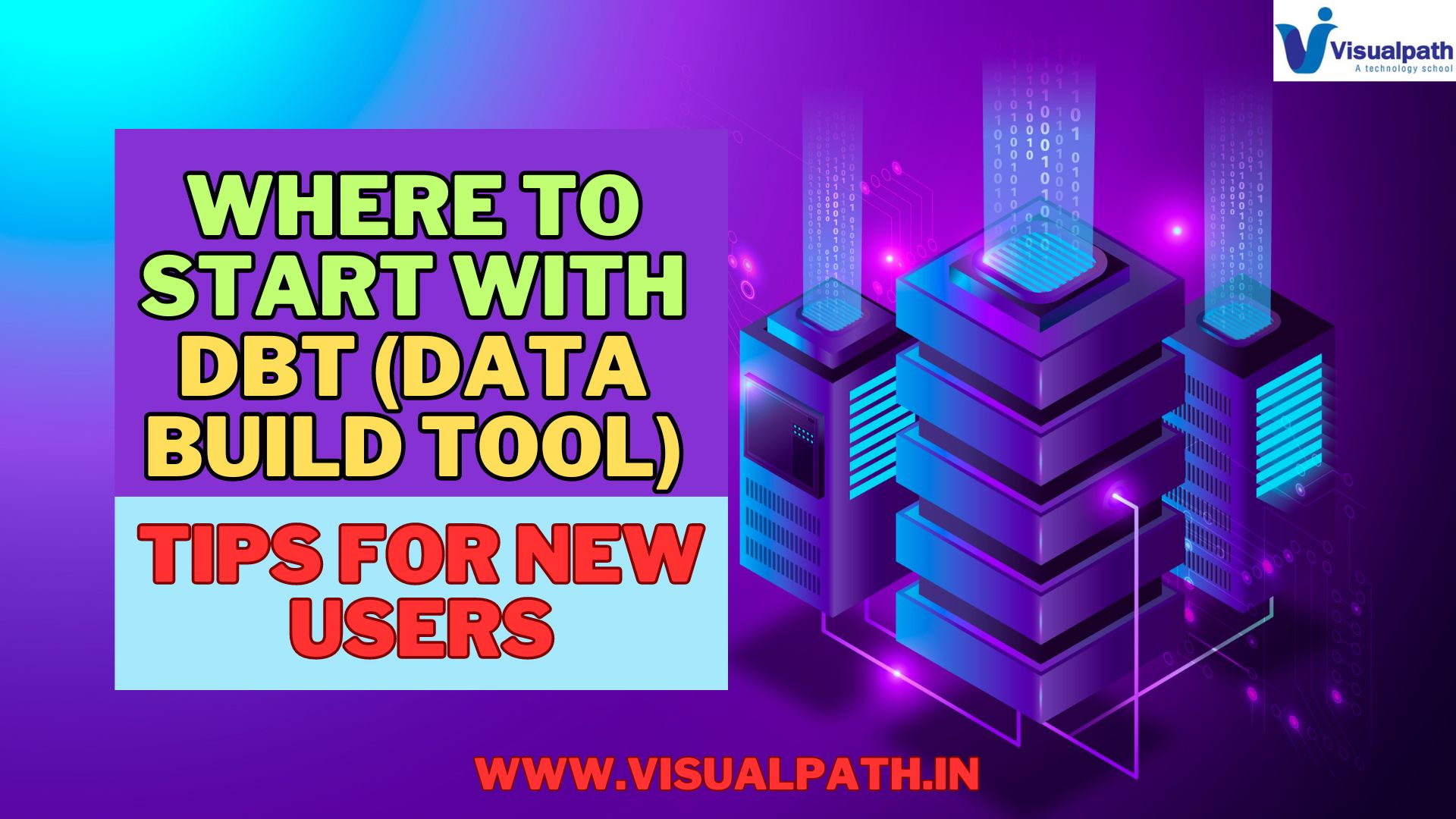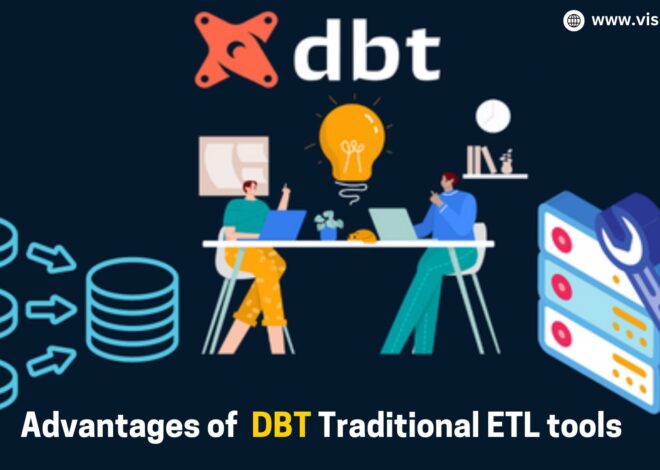Introduction
Starting with Data Build Tool (DBT) can be both exciting and overwhelming for new users. DBT has rapidly become a go-to solution for data transformation in modern data stacks, offering powerful tools to transform raw data into actionable insights. Whether you’re a data analyst or an engineer, knowing where to begin is key to making the most of DBT. This article provides a step-by-step guide to help you get started with DBT, offering essential tips that will set you on the right path. DBT Online Training
Understand the Basics of DBT
- Before diving in, it’s crucial to understand what DBT is and how it fits into your data stack.
- DBT allows you to transform data within your warehouse using simple SQL queries.
- It operates on the principle of “transforming data where it lives,” meaning it doesn’t move data but enhances it where it is stored.
- Familiarize yourself with DBT’s core concepts, such as models, seeds, and snapshots, to build a strong foundation.
Set Up Your DBT Environment
- The next step is setting up your DBT environment.
- Start by installing DBT Core, the command-line tool, or consider using DBT Cloud for a more user-friendly experience.
- DBT integrates with popular data warehouses like Snowflake, Big Query, and Redshift, so ensure you have access to one of these platforms.
- Once installed, initialize a new project using the dbt init (A tool to create dbt projects for consulting) command, and you’re ready to go.
Organize Your DBT Project Structure
- A well-organized project structure is essential for maintaining scalability and ease of use.
- DBT projects are typically divided into folders like models, seeds, snapshots, and macros. Data Build Tool (dbt) Online Training
- Start by creating a logical hierarchy within the models folder, breaking down your transformations by business domain or functional area.
- This structure will help you manage complexity as your project grows.
Start Writing Your First Models
- With your environment and project structure in place, it’s time to write your first DBT model.
- A model in DBT is essentially a SQL file that transforms raw data into a desired state. Start simple—transform a single table or create a view.
- As you become more comfortable, you can create more complex models, combining multiple sources and applying sophisticated transformations.
Leverage Version Control
- One of DBT’s strengths is its integration with version control systems like Git. From the outset, use Git to manage your DBT projects.
- This practice not only ensures you have a backup of your work but also allows for collaboration with other team members. DBT for Data Analysts
- Commit your changes regularly and make use of branches to manage different versions of your models.
Use Documentation and Testing Features
- DBT’s built-in documentation and testing features are invaluable for maintaining data quality. SQL Data Modelling Tips
- Make it a habit to document your models using YAML files, and implement tests to validate the correctness of your transformations.
- This practice will help you catch errors early and ensure your data is reliable.
Conclusion
Starting with DBT doesn’t have to be daunting. By understanding the basics, setting up your environment, organizing your project, writing your first models, leveraging version control, and using documentation and testing features, you’ll be well on your way to mastering DBT. As you continue to explore DBT’s capabilities, these foundational tips will ensure you’re building a robust and scalable data transformation process. Happy transforming!
Visualpath is the Leading and Best Institute for learning in Hyderabad. We provide Data Build Tool Training Online Course you will get the best course at an affordable cost.
Attend Free Demo
Call on – +91-9989971070
What’s app: https://www.whatsapp.com/catalog/919989971070/
Visit: https://visualpath.in/dbt-online-training-course-in-hyderabad.html




